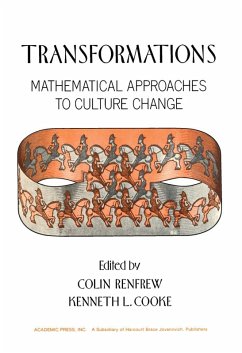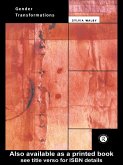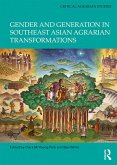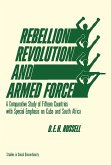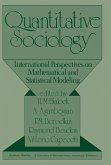Comprised of 21 chapters, this book begins with an overview of the role of mathematics in theoretical archaeology, followed by a discussion on two general categories of mathematical methods that seem to be suitable for modeling cultural transformations: methods of dynamical systems theory and methods that give greater emphasis on discrete entities and the structural relations or patterns among them. Subsequent chapters deal with the use of mathematics in history; morphogenesis in biological and social systems; simulation of the growth of hierarchies; and logistic trends in Southwest population growth. A reconstruction of political units in the Valley of Mexico during the Toltec period is also presented.
This monograph will be of interest to archaeologists, anthropologists, historians, biologists, sociologists, and mathematicians.
Dieser Download kann aus rechtlichen Gründen nur mit Rechnungsadresse in A, B, BG, CY, CZ, D, DK, EW, E, FIN, F, GR, HR, H, IRL, I, LT, L, LR, M, NL, PL, P, R, S, SLO, SK ausgeliefert werden.

